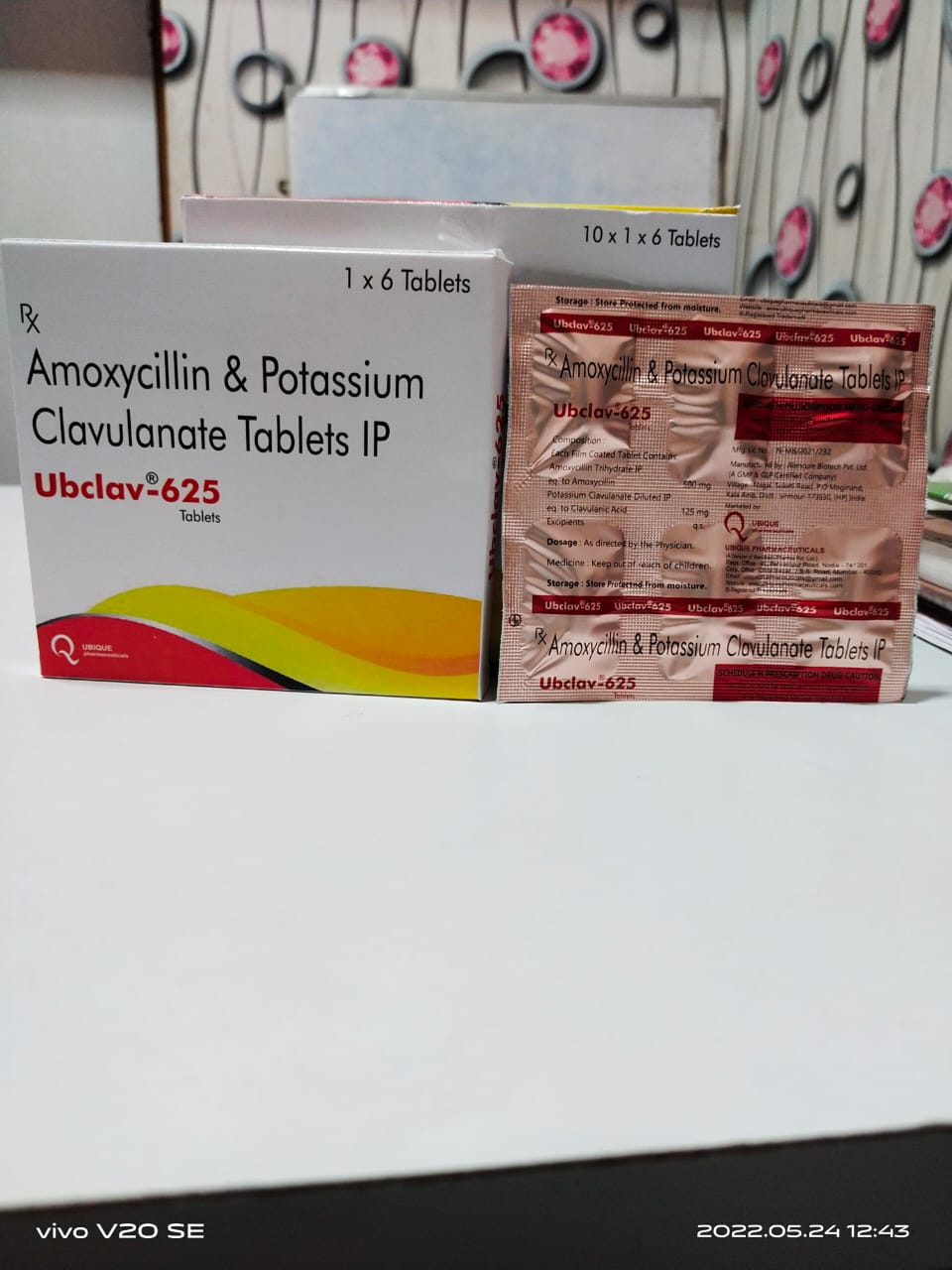What are pain relievers?
Pain relievers ease discomfort brought on by illness, injury, surgical procedures and chronic conditions. Everyone experiences pain differently. Pain may come on suddenly (acute). Chronic pain can last for months or years.
Pain relievers go by many names:
Analgesics.
Narcotics.
Painkillers.
Pain medicine.
What are the types of pain relievers?
There are many different types of pain relievers. The best one for you depends on many factors, including the cause of pain and its severity.
Types of pain relievers include:
Over-the-counter (OTC): These medications are available at stores. Any adult can buy them.
Prescription: These medications are only available with a prescription from a healthcare provider. Prescription painkillers provide stronger pain relief. They treat severe or chronic pain.
What are the types of over-the-counter pain relievers?
Common OTC pain medications include:
Acetaminophen: This drug (Tylenol®) dulls pain receptors in the brain. As a result, you feel less pain.
Nonsteroidal anti-inflammatory drugs (NSAIDs): NSAIDs lower the production of prostaglandins. These hormone-like chemicals irritate nerve endings, causing inflammation and pain. NSAIDs include aspirin compounds (Excedrin®), ibuprofen (Advil® and Motrin®) and naproxen sodium (Aleve®).
Combination: Some pain relievers contain both acetaminophen and aspirin (an NSAID). Certain OTC headache medicines also have caffeine.
Topical: You apply this pain medication directly to your skin. It comes as a cream, gel, spray or patch. Topical medicines block pain receptors in the brain. They may contain aspirin, lidocaine, capsaicin pepper or other medication. Some topical treatments make the skin feel warmer or cooler. Common brands are Aspercreme® and Ben-Gay®.
What do over-the-counter pain relievers treat?
OTC pain medications lower fevers and ease pain from a variety of problems, including:
Arthritis, bursitis and tendonitis.
Back strains and sprains.
Broken bones.
Burns, including sunburns.
Colds, flu and ear infections.
Headaches and migraines.
Menstrual cramps (dysmenorrhea).
Muscle pain, including neck pain.
Surgeries and minor procedures.
Toothaches.
What are the types of prescription pain relievers?
Prescription pain medications provide stronger pain relief than OTC drugs. Types of prescription pain relievers include:
Antidepressants: Antidepressants work on chemicals called neurotransmitters in the brain. These drugs work best for chronic pain, including migraines. The largest pain relief comes from tricyclics (Elavil®) and serotonin-norepinephrine reuptake inhibitors (SNRIs), such as Effexor® and Cymbalta®. Studies show that selective serotonin reuptake inhibitors (SSRIs) like Prozac® don’t work as well for pain. SSRIs may make other pain medicines less effective.
Anti-seizure medications: Medications for epilepsy interrupt pain messages to the brain. Types include gabapentin (Gabarone®) and pregabalin (Lyrica®). These medicines can ease nerve pain and fibromyalgia.
Muscle relaxers: These medications reduce pain by relaxing tight muscles. They also relieve muscle spasms.
Opioids: Opioids are lab-made narcotic pain medicines. They change how your brain perceives pain messages. Because they can be addictive, healthcare providers rarely prescribe opioids for chronic pain. You may take opioids for a short time after a surgery or traumatic injury. Codeine, fentanyl, hydrocodone and morphine are all opioids.
Steroids: Corticosteroids are strong anti-inflammatory drugs. Like NSAIDs, they stop your body from making chemicals that cause irritation and inflammation. Steroids such as Prednisone® treat migraines and severe arthritis and back pain.
Topical: Your provider can choose among prescription-strength skin creams, gels, sprays and patches. They can ease muscle pain, arthritis and fibromyalgia. Types include lidocaine (Lidoderm®) skin patches.
What do prescription pain relievers treat?
Prescription pain relievers can alleviate pain brought on by:
Cancer.
Fibromyalgia.
Migraines.
Nerve (neuropathic) pain, including diabetes-related neuropathy.
Postoperative pain.
Severe arthritis pain.
Severe muscle pain, including back pain.
Traumatic injuries, including broken bones and burns.
RISKS / BENEFITS
What are the potential risks or complications of over-the-counter pain relievers?
OTC pain relievers are relatively safe when you follow the directions on the label. Acetaminophen and NSAIDs can be hard on the liver and kidneys. You shouldn’t take them if you have kidney disease or liver disease.
Acetaminophen risks:
The risk of liver damage from acetaminophen is higher if you take more than 3,000 milligrams in a day. You may also develop liver problems if you combine the drug with alcohol.
Aspirin risks:
Children under 18 should not take aspirin. It can cause a life-threatening illness called Reye’s Syndrome. Give other NSAIDs instead.
NSAID risks:
Except for aspirin (which thins the blood), prolonged use of NSAIDs can increase your risk of heart attacks and strokes. People with existing heart problems or high blood pressure are most at risk. If you need NSAIDs for more than 10 days , see your healthcare provider.
NSAIDs can also increase your risk of:
Bruising and bleeding.
Stomach upset, including bleeding in the stomach and peptic (stomach) ulcers.
Skin reactions, such as rashes or blisters.
What are the potential risks or complications of prescription pain relievers?
Prescription painkillers are powerful drugs. They carry a higher risk of problems than OTC medications.
Opioids can be addictive and lead to substance abuse. To lower this risk, healthcare providers only prescribe opioids for short-term use. For example, you may take opioids for a few days after surgery.
Prescription medications for pain may cause side effects, such as:
Blurred vision.
Constipation.
Dry mouth.
Fatigue.
Headaches.
Insomnia.
Mood changes.
Nausea.
Urination problems.
Weight gain.
Are pain relievers safe during pregnancy?
Studies suggest that acetaminophen is safer to take during pregnancy. Taking NSAIDs or opioids during early pregnancy may increase the risk of birth defects.
If you had a cesarean section (C-section) birth or a difficult labor and delivery, you may need pain relief. Let your provider know if you plan to breastfeed. Certain opioids are safer for nursing babies. OTC pain relievers are safe to use while nursing.
WHEN TO CALL THE DOCTOR
When should I call the doctor?
You should call your healthcare provider if you are taking pain medicine and experience:
Vision problems, including blurred vision or drooping eyelids.
Signs of urinary tract infection (UTI), such as blood in urine (hematuria).
Shortness of breath (dyspnea).
Trouble swallowing.
Slurred speech.
Numbness or paralysis in an untreated area.
Severe stomach upset.
A note from Cleveland Clinic
Pain relievers can bring a welcome break from aches and discomforts. You can find acetaminophen and anti-inflammatory drugs in a lot of OTC products. These include medicines for allergies, colds and flu. It’s important to read the labels to make sure you don’t get too much of a pain medication. Many nonaddictive pain medicines are available for chronic pain. Your healthcare provider can work with you to find the right medicine to help you enjoy better, pain-free days.




Reviews
There are no reviews yet.